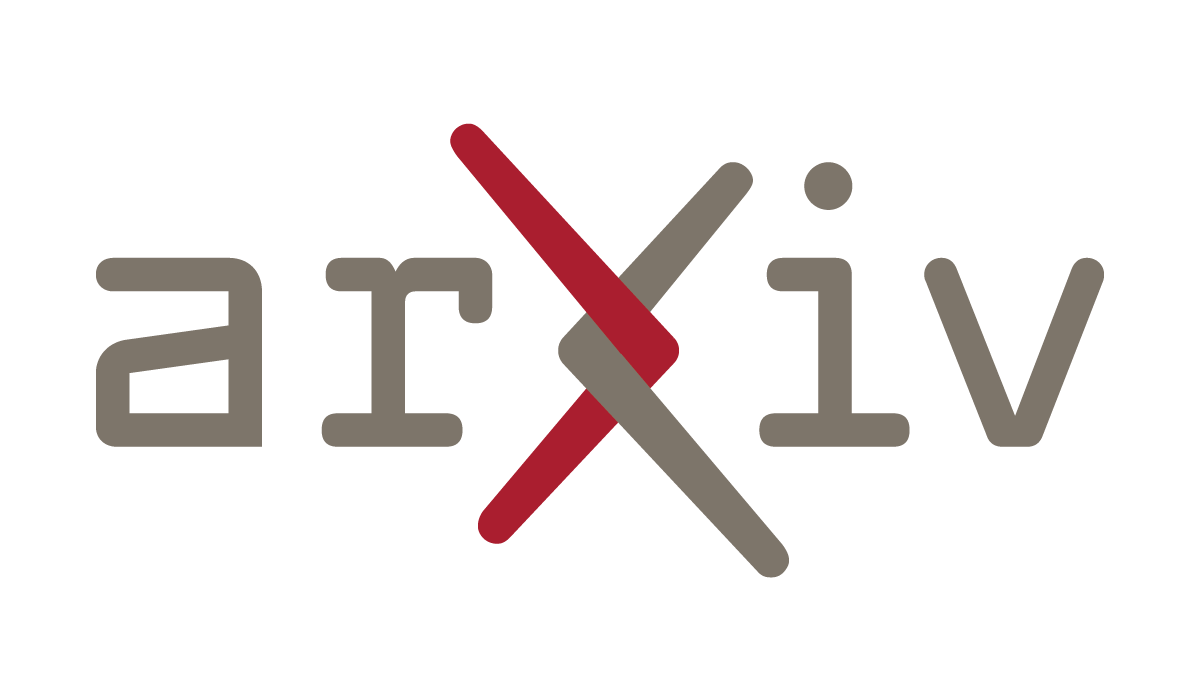In large language model (LLM) pretraining, data quality is believed to determine model quality. In this paper, we re-examine the notion of “quality” from the perspective of pre- and post-training co-design. Specifically, we explore the possibility that pre-training on more toxic data can lead to better control in post-training, ultimately decreasing a model’s output toxicity. First, we use a toy experiment to study how data composition affects the geometry of features in the representation space. Next, through controlled experiments with Olmo-1B models trained on varying ratios of clean and toxic data, we find that the concept of toxicity enjoys a less entangled linear representation as the proportion of toxic data increases. Furthermore, we show that although toxic data increases the generational toxicity of the base model, it also makes the toxicity easier to remove. Evaluations on Toxigen and Real Toxicity Prompts demonstrate that models trained on toxic data achieve a better trade-off between reducing generational toxicity and preserving general capabilities when detoxifying techniques such as inference-time intervention (ITI) are applied. Our findings suggest that, with post-training taken into account, bad data may lead to good models.



It’s a pretty simple concept. Train any kind of model on only “good” data, and it fails to distinguish between that data and bad data.
Take image recognition. Feed it hundreds of images of an orange and ask it to find the orange. After training, it will be very good at finding that orange.
Then add a picture of a Pomeranian dog in there, and watch as the model confidently marks it as an orange.
The model should have been trained on lots of images that don’t feature what you want it to output as well, so it knows to distinguish that.
I’m reminded of an early model that was trained to find if tanks were hiding pictures of forests / jungles. Was doing great with the training data then was given new images and seemed to be guessing wildly.
Turns out it in the training data all the pictures with tanks were taken on cloudy days.